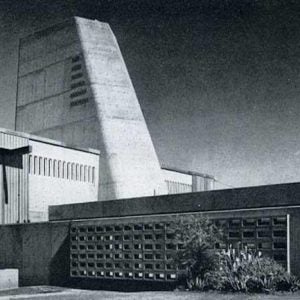Rolls-Royce and Fermi Energia have signed a Memorandum of Understanding to study the potential for the deployment of small modular reactors in Estonia. The study will cover all aspects of deployment including grid suitability, cooling, emergency planning, human resources, licensing feasibility, economics and supply chain.
Rolls-Royce is leading a consortium that is designing a low-cost factory built nuclear power station, known as a small modular reactor, or SMR. By using standardised, factory-made components and advanced manufacturing processes the consortium hope to push costs down, while the rapid assembly of the modules and components inside a weatherproof canopy at the power station site itself should avoid disruptions of the schedule.
Fermi Energia is a company founded by nuclear scientists, energy experts and entrepreneurs to bring small modular reactors to Estonia to meet its climate goals, help the economy develop and gain energy security.
The consortium is working with its partners and the UK government to secure a commitment for a fleet of factory built nuclear power stations, each rated at 440 MW at least, to be operational within a decade. Consortium members include Assystem, Atkins, BAM Nuttall, Jacobs, Laing O’Rourke, National Nuclear Laboratory, Nuclear Advanced Manufacturing Research Centre, Rolls-Royce and TWI. The current phase of the programme has been jointly funded by all consortium members and UK Research and Innovation. The power stations will be built by the consortium, before being handed over to be operated by power generation companies.
Kalev Kallemets, CEO and co-founder of Fermi Energia, said: “Fermi Energia is looking at small modular reactor designs with credible technical, financial and political commitment to have ‘First of a Kind’ deployment this decade. Estonia and the United Kingdom have enjoyed a century of friendship and co-operation that we hope can be carried into the field of nuclear energy for the 21st century. Fermi Energia will consider Rolls-Royce SMR as one of the credible SMR designs in its national designated spatial planning procedure.”






